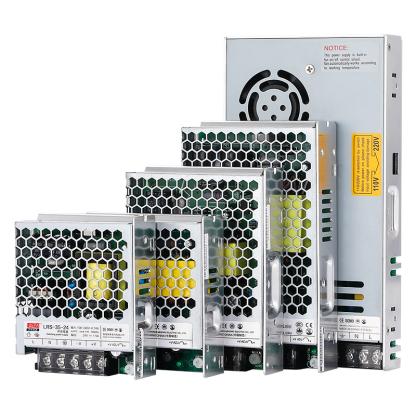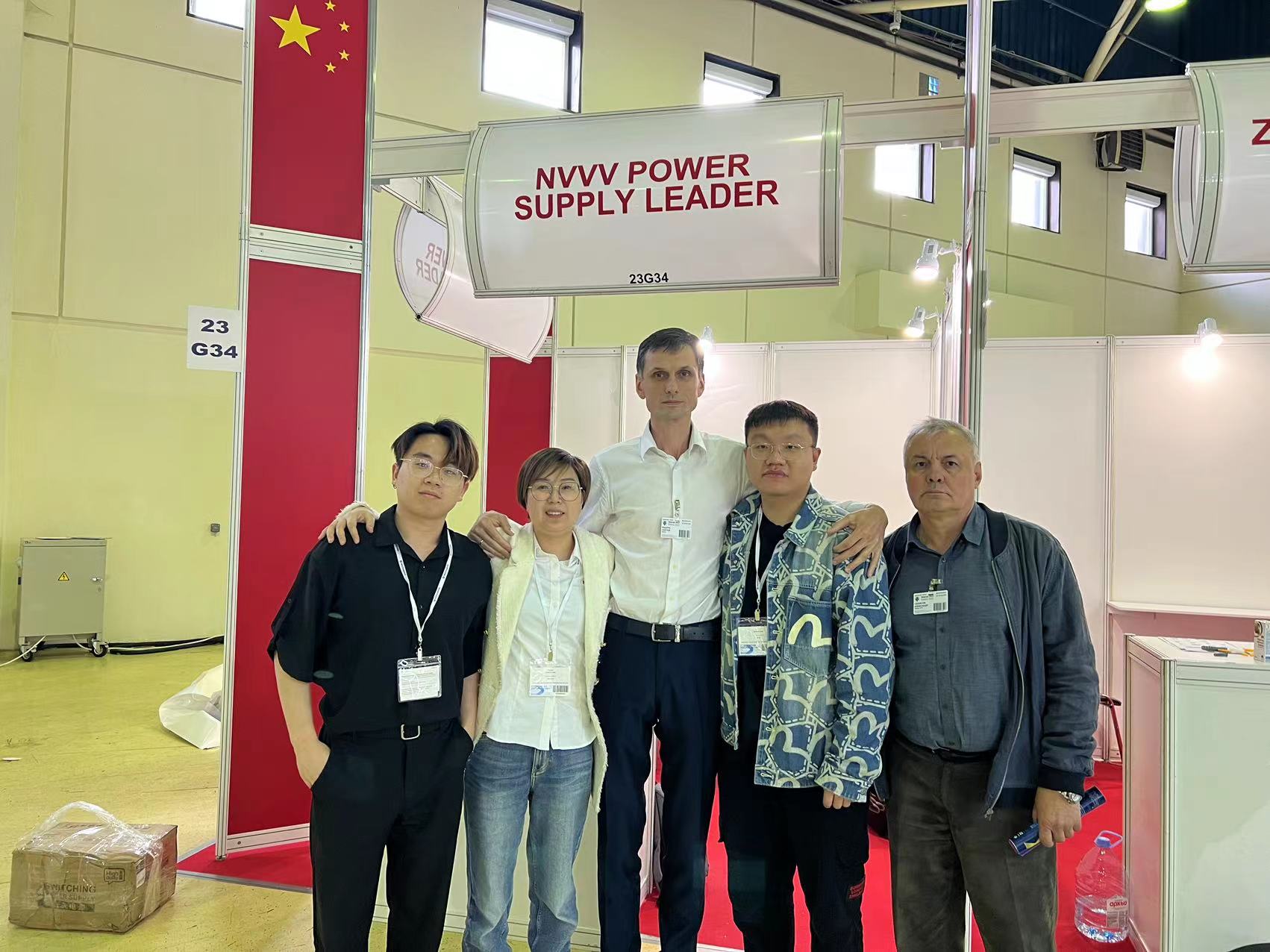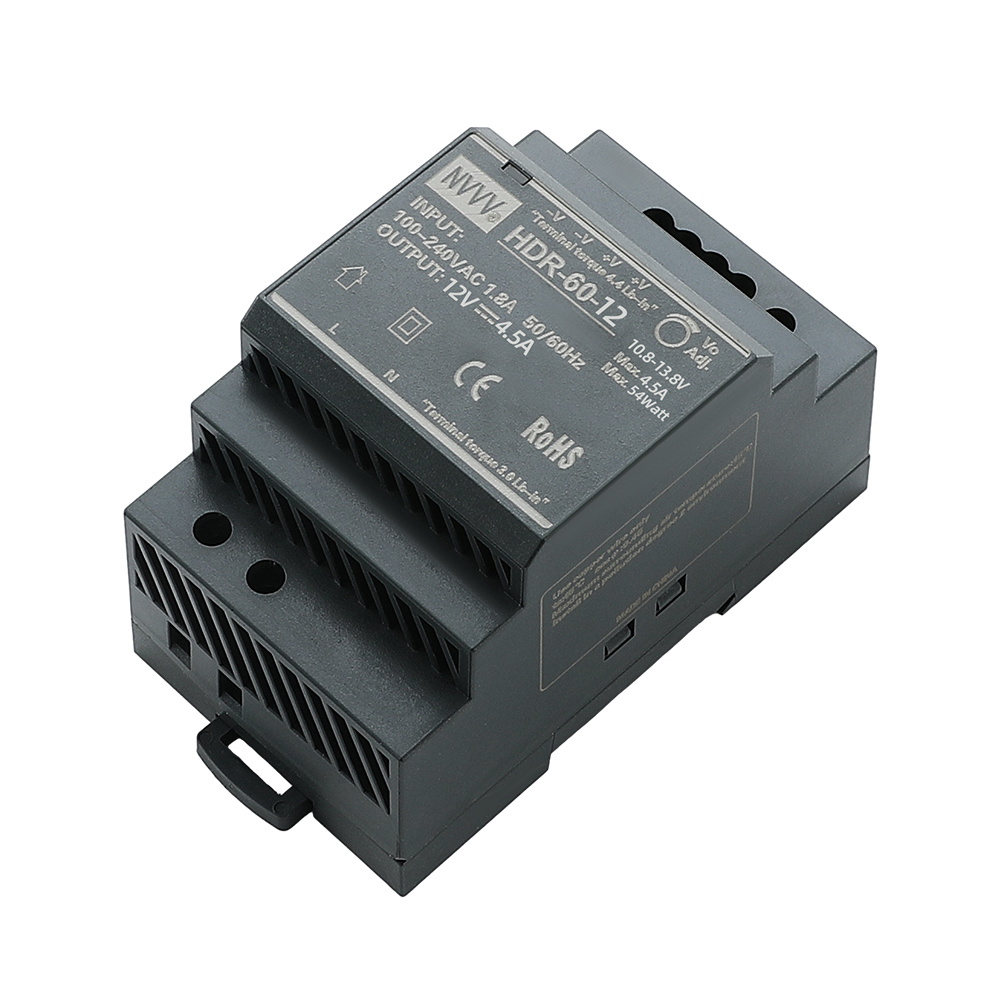Uses, Advantages, and Working Principles of a Switching Power Supply-SMPS
A power supply is an essential component in electrical and electronic systems, responsible for converting electrical energy from a source into a usable form for a load. Among power supply designs, there are two main categories: linear power supplies and switching power supplies. While linear power supplies were traditionally used for many applications, switching power supplies have become the preferred choice due to their efficiency, compact size, and superior performance.
This article explores the uses, advantages, and working principles of switching power supplies, detailing how they function and why they are widely adopted across various industries.
What Is a Power Supply?
A power supply is an electrical device that converts input voltage from an external source into a stable voltage suitable for powering electronic devices. Power supplies are categorized into two main types:
1. Linear Power Supplies
Linear power supplies use a transformer to step down the input AC voltage. The voltage is then rectified and converted into DC before being filtered to smooth out fluctuations. These power supplies use linear regulators to maintain a constant output voltage. However, they dissipate excess energy as heat, making them inefficient for high-power applications.
2. Switching Power Supplies (SMPS)
Switching power supplies use a different approach to voltage conversion, addressing many limitations of linear power supplies. Instead of relying on transformers for voltage reduction, they first rectify and filter the input voltage, then convert it into a high-frequency pulse before rectifying and filtering it again to produce the final DC output. This method allows for smaller, more efficient power supplies that operate with minimal energy loss.
How Does a Switching Power Supply Work?
Switching power supplies function through a multi-stage process that efficiently converts AC power into a stable DC output. Below are the primary stages:
1. Input Rectification
The first step in an SMPS is converting AC voltage into DC voltage through rectification. AC voltage follows a sine wave pattern, alternating between positive and negative cycles. The rectification process eliminates the negative portion of the wave, allowing current to flow in one direction. This can be achieved through either:
-
Half-Wave Rectification: Only allows the positive half-cycle of AC voltage to pass, discarding the negative half.
-
Full-Wave Rectification: Uses a bridge rectifier to convert the entire AC waveform into a continuous DC wave, improving efficiency and reducing power loss.
Although rectification produces DC voltage, it contains ripples that need to be smoothed out before use. A reservoir capacitor is added to stabilize the voltage and reduce fluctuations.
2. Power Factor Correction (PFC)
Power factor correction is an essential part of SMPS design, ensuring that input current and voltage waveforms are properly aligned. This reduces harmonic distortion and prevents power inefficiencies. PFC can be achieved in two ways:
-
Passive PFC: Uses passive components like inductors and capacitors to filter out harmonics. However, it is limited in effectiveness.
-
Active PFC: Uses power electronics to shape the current waveform dynamically, improving efficiency and meeting international regulations on power quality.
3. Voltage Conversion and Regulation
Once rectified, the DC voltage is chopped into a high-frequency square wave using a high-speed switching transistor. The advantage of using high-frequency switching is that it allows for the use of smaller and lighter transformers, making the power supply more compact and efficient.
Depending on the application, SMPS can be designed with or without isolation:
Isolated vs. Non-Isolated Switching Power Supplies
| Feature | Isolated Power Supplies | Non-Isolated Power Supplies |
|---|---|---|
| Topology | Uses transformers (e.g., flyback, LLC resonant converters) | Uses inductors (e.g., buck converters) |
| Safety | Provides galvanic isolation, improving safety | Potential current leakage, requiring additional safety measures |
| Size & Weight | Larger due to transformers | Smaller and lighter |
| Efficiency | Transformer losses reduce efficiency | Higher efficiency with minimal losses |
Isolated Power Supplies: These designs use transformers to provide safety isolation. Flyback converters and LLC resonant converters are common choices.
Non-Isolated Power Supplies: These designs do not require transformers, making them compact and efficient. They typically use buck converters to step down voltage levels.
4. Output Rectification and Filtering
After the voltage is stepped down, it undergoes rectification and filtering to produce a stable DC output. The rectification process removes any remaining AC components, while filtering ensures smooth voltage delivery.
Advantages of Switching Power Supplies
Switching power supplies offer several key benefits compared to linear power supplies:
1. High Efficiency
SMPS units are significantly more efficient than linear power supplies, often reaching efficiency levels above 90%. This is because they do not rely on resistive dissipation to regulate voltage, minimizing power loss.
2. Compact and Lightweight Design
Due to their high-frequency operation, SMPS units require smaller transformers and inductors, leading to reduced size and weight. This makes them ideal for applications where space is limited, such as portable electronics.
3. Wide Input Voltage Range
Switching power supplies can operate over a wide range of input voltages, making them suitable for use in various regions with different power standards.
4. Lower Heat Generation
Since SMPS units operate efficiently, they generate less heat compared to linear power supplies, reducing the need for large heat sinks and improving overall thermal management.
5. Versatility in Applications
SMPS can be designed for various voltage and current requirements, making them suitable for applications ranging from consumer electronics to industrial automation and telecommunications.
Applications of Switching Power Supplies
Switching power supplies are used in a wide range of industries and applications, including:
-
Industrial Equipment: Powering CNC machines, automation systems, and control circuits.
-
Consumer Electronics: Used in televisions, gaming consoles, and computers.
-
Medical Devices: Provides stable power for imaging equipment and diagnostic machines.
-
Telecommunications: Used in networking equipment, mobile phone base stations, and routers.
-
Automotive Industry: Powers electric vehicle charging systems and onboard electronics.
-
Aerospace and Defense: Used in avionics, radar systems, and satellite communications.
Conclusion
Switching power supplies have revolutionized power conversion technology by offering superior efficiency, compact size, and versatility. Their ability to efficiently convert AC to DC with minimal energy loss makes them the preferred choice in a variety of applications.
Despite their complexity, modern SMPS designs benefit from advanced control circuits and integrated power modules that simplify their implementation. By understanding the working principles and advantages of switching power supplies, engineers and designers can select the right power solution for their specific needs, ensuring reliable and efficient performance.










